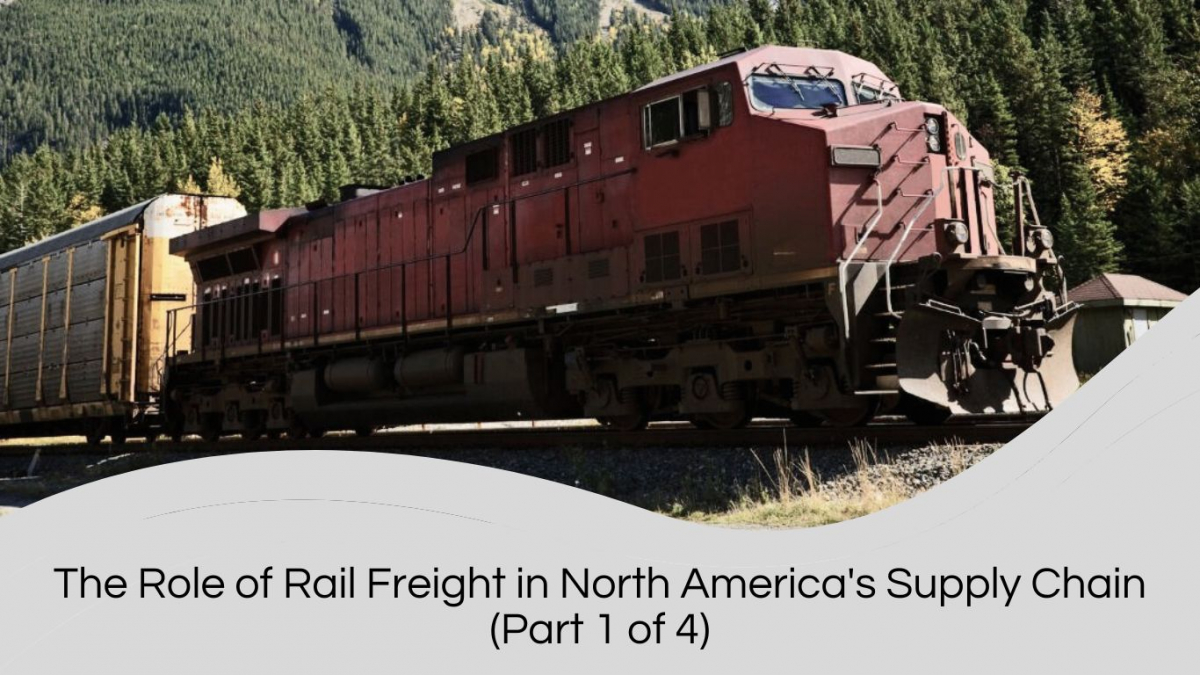The Efficiency of Freight Railroads
One of the primary advantages of rail freight is its efficiency in transporting large volumes of goods in a single trip. Railroads boast substantial carrying capacity, capable of moving considerable amounts of freight. One railcar usually carries four times the amount of freight as a truck would. By transporting goods in bulk, rail freight reduces congestion on highways, alleviating strain on road infrastructure and minimizing traffic congestion.
Moreover, rail freight offers better fuel efficiency. Trains can transport a ton of freight much farther on a gallon of fuel compared to trucks. It is estimated that trains can move 470 ton-miles per gallon of fuel, while trucks only move 145 ton-miles per gallon of fuel. This fuel efficiency not only translates to cost savings for businesses but also contributes to environmental sustainability by reducing carbon emissions. Rail freight plays a vital role in lowering the carbon footprint of the transportation sector, making it an attractive option for businesses striving for greener practices.
Rail Freight Infrastructure
North America boasts an extensive rail network that forms the backbone of its freight transportation system. Much of this network is private property that is maintained by private organizations, generally requiring little to no public investment. Major rail corridors span across the continent, connecting key regions and facilitating the movement of goods. From the Pacific Northwest to the Gulf Coast, and from the Great Lakes to the Mexican border, railroads provide a comprehensive network that reaches various industries and markets. Intermodal terminals are key freight hubs that further enhance the efficiency of rail freight. Intermodal is the sector of rail business that was built to directly compete with trucks on speed to delivery.
Intermodal facilities serve as vital transfer points where goods seamlessly transition between rail and other modes of transportation, such as ocean vessels and trucks. They enable the concept of inter- modal transportation, which means that freight can seamlessly move on different modes, including ocean, rail, and truck.
Investment in rail freight infrastructure is crucial to maintain and expand its capabilities to serve a growing economy and growing population. Upgrades to rail lines, terminals, and bridges, as well as investments in modern technology and equipment, enhance efficiency, safety, and capacity. Continued infrastructure development is essential to ensure rail freight remains a competitive and reliable option for businesses across the United States, Canada, Mexico, and beyond.
Key Industries Supported by Rail Freight
Rail freight serves as a lifeline for several industries, enabling the movement of essential commodities and contributing to economic growth. The transportation of coal, petroleum products, agricultural goods, building materials, and manufactured goods relies heavily on railroads.
Coal, a vital source of energy, heavily relies on rail freight for transportation. Railroads connect coal mines to power plants, ensuring a steady supply of this crucial resource. Similarly, petroleum products, such as oil and gas, are transported efficiently through rail freight, especially from production centers to refineries and distribution centers.
Agricultural goods, including grains, livestock, and fresh produce, greatly benefit from rail transportation. Railroads provide a cost-effective and reliable means to move agricultural products from farms and rural areas to processing facilities, ports, and urban centers. Rail freight supports the
agricultural sector's ability to meet domestic and international demand while reducing transportation costs.
Manufactured goods, ranging from automobiles to consumer electronics, also rely on rail freight to reach their destinations efficiently. Railroads offer secure and dependable transportation for large quantities of manufactured goods, contributing to the success of various industries and supply chains.

